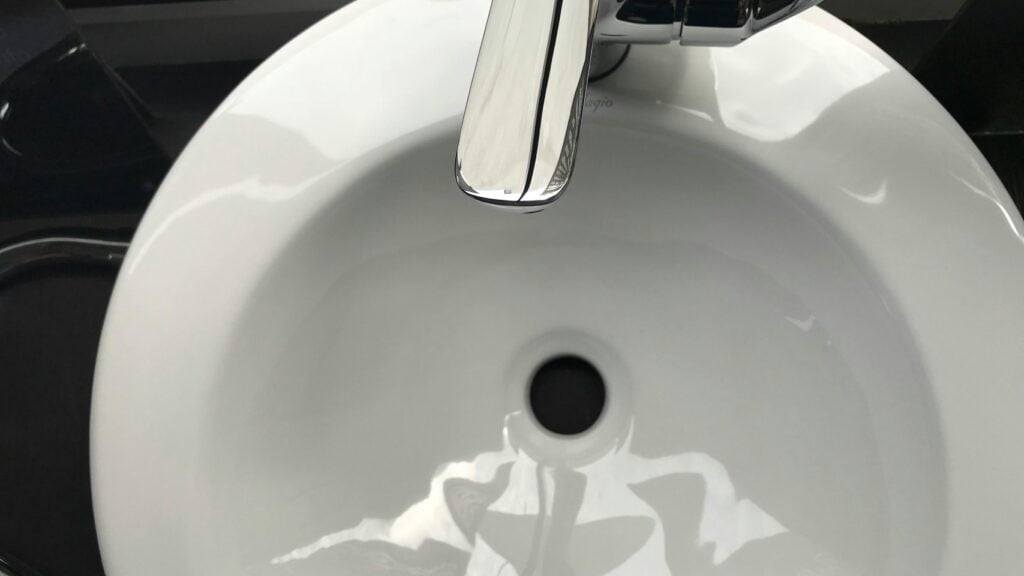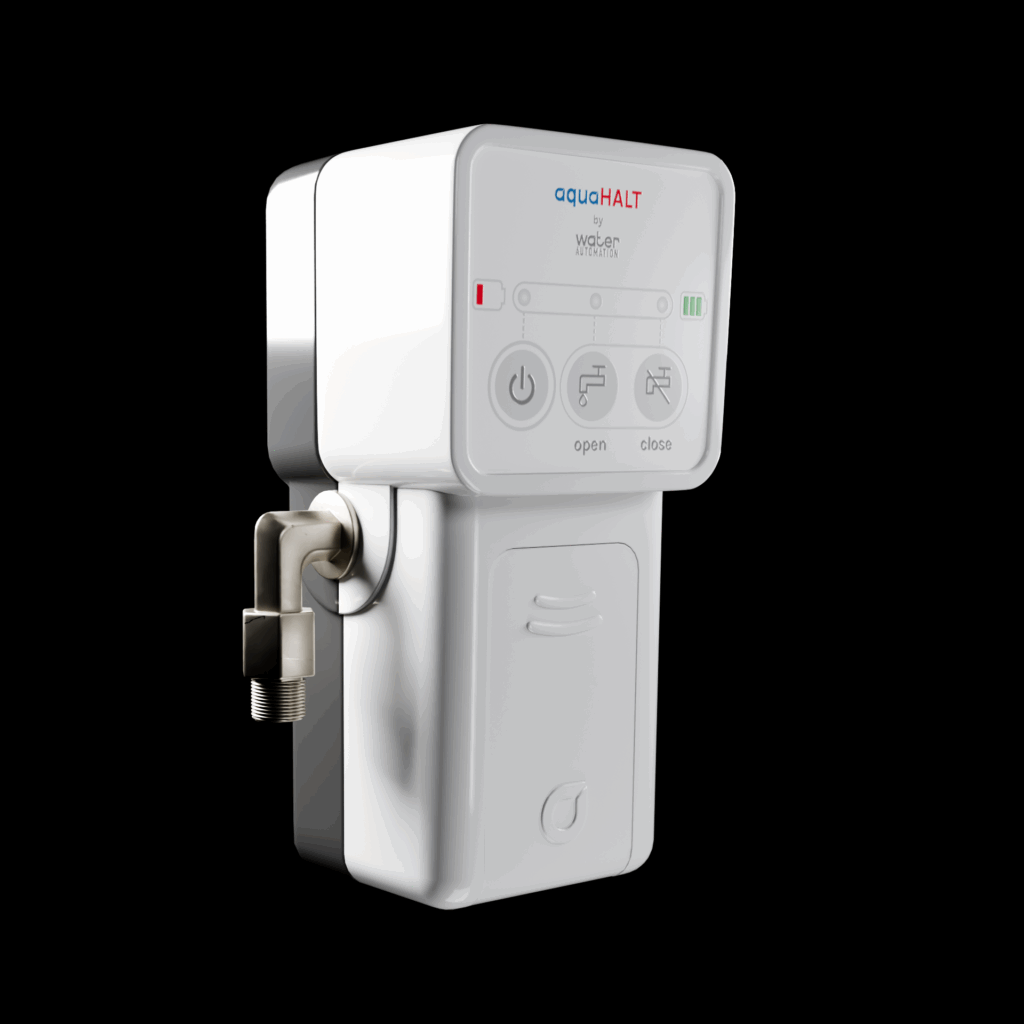
A water leak can start as something small—barely noticeable—and then suddenly spiral into a major problem. In fact, research shows that a typical household loses more than 10,000 gallons of water every year due to leaks. That’s enough to fill a swimming pool. The surprising part? Most of us don’t notice the signs until the damage is already done.
Water leaks, whether in your home or business, are silent but dangerous intruders. At first, they don’t seem like much. A trickle here. A damp spot there. But over time, they lead to a cascade of issues that range from costly repairs to severe structural damage, and in some cases, they can even pose health risks. So why is it so easy to ignore these signs?
In our busy lives, it’s easy to brush off what we think is a minor issue. But the truth is, water leaks are often far more destructive than we realize, both financially and structurally. The good news? Identifying and fixing leaks early can save you a lot more than just your water bill. It could save your property, too.
Let’s walk through the importance of identifying water leaks early, how to spot them before they become a catastrophe, and the simple actions you can take to protect your home or business.
Leaks don’t always make themselves known with obvious signs like dripping faucets or puddles on the floor. Often, the damage is hidden behind walls, beneath floors, or in places that are hard to check regularly.
Here’s where you need to pay attention:
Sure, water waste is bad for the environment, but the real danger of water leaks is the damage they do over time. If left unchecked, a small leak can weaken the structure of your building. Water can rot wood, corrode pipes, and promote mold growth, all of which are expensive to fix.
Consider this: a leak in your plumbing system can weaken the foundation of your property, leading to expensive repairs. If you’re a business owner, these issues could lead to downtime, lost productivity, and customer dissatisfaction. It’s a chain reaction that starts small but quickly escalates.
The good news is that fixing water leaks doesn’t have to be complex or costly if caught early. Here are a few actions you can take:
Once the leak is fixed, think about preventative measures. Regular maintenance can go a long way in preventing future problems. Clean gutters, check for pipe corrosion, and replace worn-out fixtures. Simple steps like these ensure that water doesn’t have a chance to sneak in unnoticed.
Water leaks are often the quiet problems that become loud disasters if ignored. But by staying vigilant and acting fast, you can save both money and frustration down the road. It’s about more than just avoiding a bigger water bill—it’s about protecting your property and your peace of mind. Remember, when it comes to leaks, the sooner you spot them, the less you’ll have to fix water leaks later. So, take a minute now and check. It might just save you thousands.

Nobody plans for water damage. It’s not like you wake up one morning and think,
“You know what my week needs? A burst pipe and a $6,000 repair bill.”
But water has a way of showing up uninvited. One tiny leak under the sink or behind the washing machine, and your relaxing weekend suddenly turns into a Home Depot marathon.
Fortunately, protecting your home from leaks doesn’t require a plumber, a contractor, or a meltdown. You can do it yourself – easily – and it starts with knowing where to look.
Water is sneaky. It doesn’t gush out dramatically every time – sometimes, it just seeps quietly, biding its time.
Here are the most common hideouts:
Finding leaks early isn’t glamorous – but neither is ripping out a moldy wall.
Here’s the thing: when a leak causes serious damage, insurance rarely makes it easy.
Most policies cover sudden leaks (like a burst pipe), but not gradual ones (like a slow drip over six months).
So if your bathroom turns into a science experiment because of a hidden leak, there’s a good chance your insurer will shrug.
Then come the forms, the photos, the emails that start with “We regret to inform you…”
If you’ve ever filed a water-damage claim, you know it’s about as fun as getting a root canal from an accountant.
That’s why early detection isn’t just about home maintenance – it’s about avoiding paperwork-induced rage.
A leak detector like aquaHALT doesn’t just prevent water damage – it prevents the argument that follows.
When you can show your insurance company that you took preventative measures, you’re not just covered – you’re credible.
It’s like telling them, “Look, I wasn’t negligent. I had backup.”
That tiny $150 device can be the difference between a denied claim and a “no problem, we’ve got you covered.”
If you can open a drawer and find two AA batteries, congratulations – you can install aquaHALT.
Here’s your entire to-do list:
That’s it. No drilling, no Wi-Fi setup, no technician visit.
You don’t even need to download an app – aquaHALT is 100% offline and proud of it.
A plumber is great after the disaster. But preventing one? That’s your job – and it’s easy.
For the cost of a dinner date, you can protect your kitchen, laundry, and bathroom from costly leaks.
Even better, you’ll have the satisfaction of saying, “I handled that,” when your neighbor is still on hold with their insurance company.
aquaHALT is designed for normal people, not tech geniuses or home-improvement influencers.
It’s prevention for everyone – whether you rent, own, manage properties, or just hate surprises.
The reason aquaHALT fits so well in the DIY world is because it’s not flashy – it’s functional.
Just a smart little device that listens for water and alerts you the moment something goes wrong.
Two AA batteries. Zero nonsense.
Imagine placing one under your sink and catching a leak before it soaks the cabinet.
Or discovering your washing machine hose was dripping before it warped the floor.
Or preventing a tenant’s “small leak” from turning into a month-long insurance battle.
That’s what aquaHALT does – it gives you time.
Time to fix the problem, call the plumber, or just shut the valve before it’s too late.
There’s something deeply satisfying about being proactive – especially when it saves you thousands and a massive headache.
Water doesn’t wait. So don’t wait on water.
Do it yourself. Keep your home dry. And make your insurance company slightly less smug.
“Heated water lines: twice the potential leak, twice the headache.” I read that, and thought: “Exactly.” Every sink—mine included—has hot and cold lines. Two points of failure. Then I filed away the aquaHALT H/C. One valve. Both lines. Instant comfort.
Why aquaHALT H/C Works for Me
Forget chaotic setups. This device takes hot and cold feeds in a clean, single unit. Battery powered. Install in minutes. And then it does its job—quietly, reliably—for up to 15 years. That’s what I expect from a true sink leak detection system.
Easy to Install
The aquaHALT H/C impressed me because it solved two problems with one solution. Most sinks have both hot and cold feeds, which often means double the risk and double the equipment. With this sink leak detection system, I only needed a single device for total coverage. That kept installation simple and cost lower. More importantly, it cut down on points of failure. If you’ve ever had a hot water leak in a cabinet, you know how much steam and heat damage it can cause compared to cold water. This unit neutralizes both risks, instantly and effectively.
Key Benefits
My Experience
Once I had it in, I actually forgot it was there. Until I ran a test and it shut off instantly. That’s when it clicked for me: real protection doesn’t need my attention. It just needs to work. And that’s the promise of a reliable sink leak detection system.
If you’ve secured your toilets, don’t stop there. Sink lines matter, too. The H/C is elegant. Compact. Protective. And in my book—that makes it essential.
“Nearly 30% of home water-damage claims trace back to the kitchen—especially sneaky ice-maker leaks.” That blew me away. If that includes you, I want to help. I started using aquaHALT ICE under the sink, and it’s like having an invisible lifeguard for your home’s plumbing.
What Makes aquaHALT ICE Essential
It integrates with existing ¼” plumbing like it was born there. Battery powered. Auto-shut-off. No wiring. Just sit it in line, slip in batteries, and it guards for years. It’s the definition of ice maker leak detection—simple, silent, but incredibly effective.
Installation in Three Steps
Here’s the truth: not all leaks are dramatic floods. Sometimes it’s a slow, invisible drip that causes the most expensive damage. That’s why having an ice maker leak detection device like aquaHALT ICE is so important. It reacts to both sudden bursts and subtle leaks. I tested mine by letting a slow drip run into the line—it shut the supply immediately. That kind of sensitivity means I don’t have to worry about warped hardwood, swollen cabinets, or hidden mold. Whether you live in an apartment, a suburban home, or manage a small office, this protection pays for itself quickly.
Leaks under the fridge aren’t easy to spot. Flooring, subflooring—they silently soak. Then comes the soaring repair bill. A smart ice maker leak detection solution stops that before it happens.
In my office, I paired it with aquaHALT H/C for the sink and coffee machine line. It’s not just about leisure. It’s about business continuity. One drip here, one blob there—and suddenly your breakroom’s out of service. That’s why I see ice maker leak detection as non-negotiable.
I love that I can install it in under 15 minutes, then forget it—until it saves me thousands. In kitchens, homes, offices—this tiny defender isn’t flashy. But it works. And that matters.
“More than 1.2 million homes face costly water damage each year—often from leaky toilet valves.” That figure stopped me cold the first time I read it. I’m sharing this because I care. You want smart protection, not just warnings. That’s why I turned to the aquaHALT 2X. Compact. Trusty. A leak-terminating sentinel. You’ll see how a small device can make a big difference.
Why I Choose aquaHALT 2X
Installing water protection used to sound intimidating. Not anymore. The aquaHALT 2X slots neatly behind your toilet, connects with two 3/8″ hoses, and uses 2 AA batteries—no electrician, no plumber, no fuss. It’s essentially a toilet leak detection system that anyone can install themselves.
Step-by-Step Setup
What I like most about the aquaHALT 2X is that it blends security with simplicity. Unlike complicated systems that require Wi-Fi or apps, this device is completely independent. That means even in a power outage, your toilet leak detection system is still actively protecting your bathroom. It’s not about fancy dashboards—it’s about doing the job when you need it most. Think of it as insurance that never takes a day off. For homeowners, landlords, or property managers, that’s the kind of stability worth investing in. Reliable, invisible, and always working in the background.
Leaky toilets aren’t just a drip—they’re hidden disasters. Floors warp, cabinets rot, claims skyrocket. With a toilet leak detection system in place, you get peace of mind that those silent leaks never spiral into damage.
I installed one in my rental property. No more late-night worry or frantic calls. My tenants asked about maintenance once. The answer? “Nothing to do. It’s set and forgotten.” That kind of passive protection—keeping damage at bay—is what real value looks like. For me, the aquaHALT 2X isn’t just hardware. It’s the toilet leak detection system that keeps me covered.